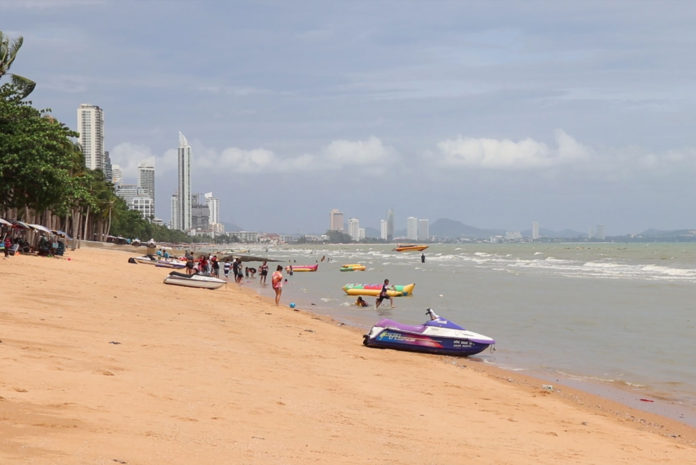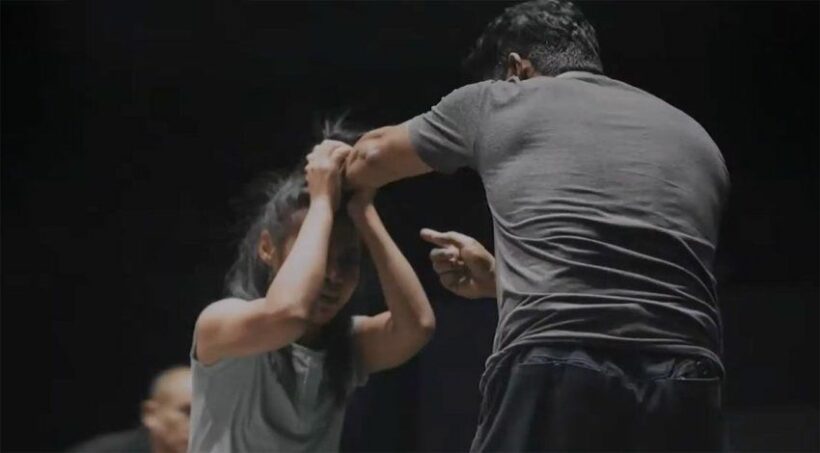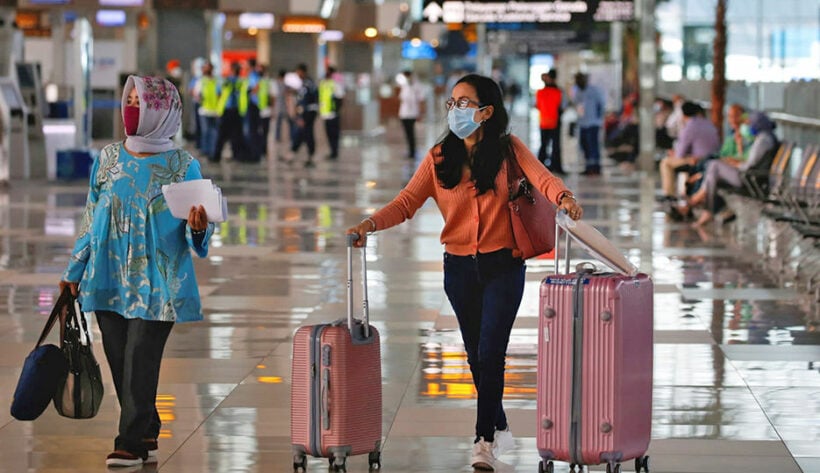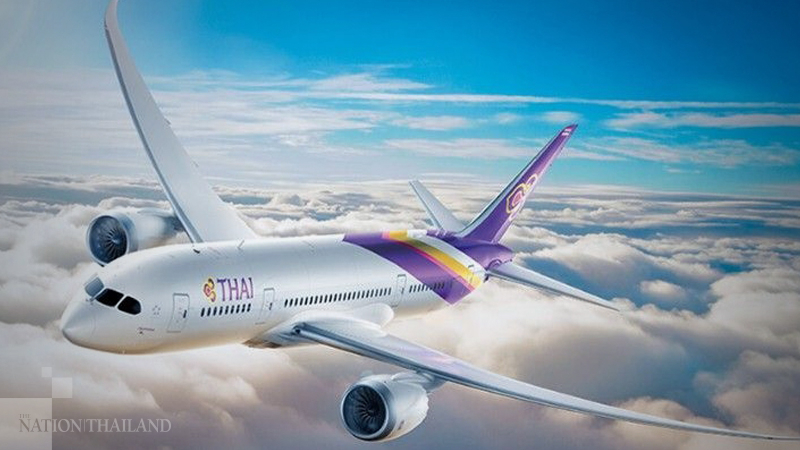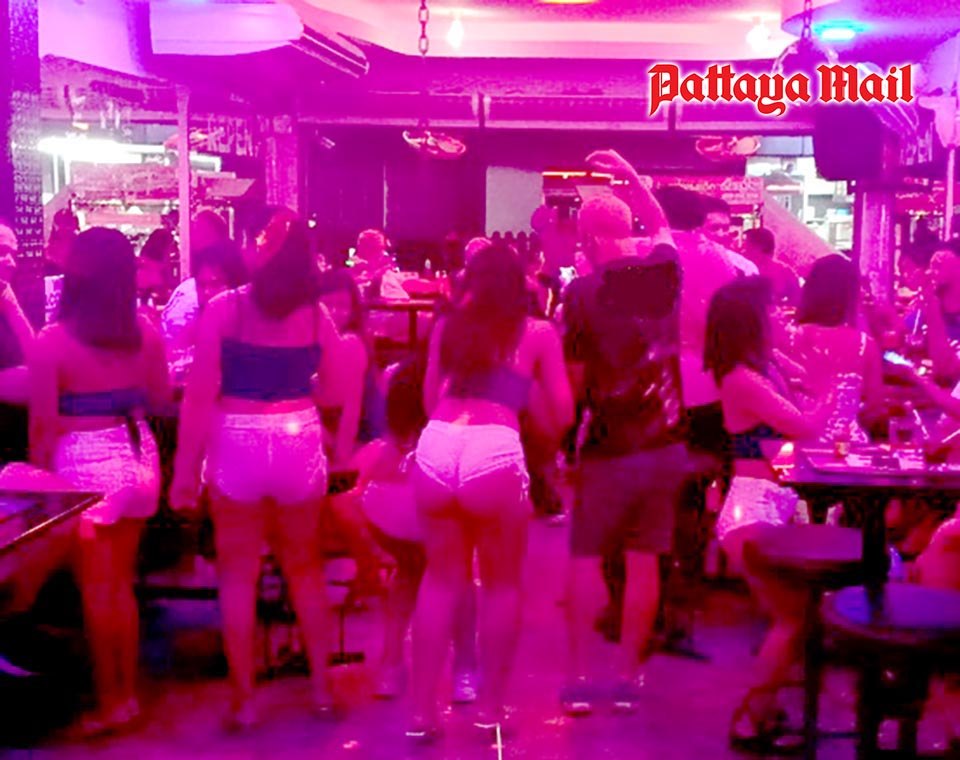Place of peace and tranquility
There are good reasons why Koh Sichang stands out from the rest of Thailand's 936 islands
Ask any Thai to mention the names of the five islands that immediately come to mind, chances are Koh Sichang would be included in the shortlist, maybe even the first. This small island 12km off the coast of Si Racha, Chon Buri, is the closest to the capital.
Because of its proximity, Koh Sichang has been visited by Thai monarchs and royalty seeking a fresh sea breeze since the 19th century. King Chulalongkorn (Rama V) first came to the island with his father King Rama IV when he was young. After he ascended to the throne, King Chulalongkorn returned to Koh Sichang many times with his royal family. In 1888, for example, he brought his son Prince Vajiravudh to the island. The prince who was then seven years old was suffering from a severe illness and needed fresh air to recuperate. In 1891, the king brought a younger son Prince Asdang Dejavudh for the same purpose. By then the royal family had convalescence homes built on the island.

This photo, one of the many on display at the museums in Phra Chudadhuj Ratchathan, shows King Chulalongkorn with the young Prince Asdang Dejavudh on his lap. When the prince was three years old, he suffered an illness that doctors said could not be cured if he stayed in Bangkok. The king, therefore, brought his son to Koh Sichang where they stayed for months until the prince got well again.


When I first visited Koh Sichang almost 30 years ago, one of the most impressive things about the island, apart from what back then were mysterious ruins of an old palace, was the handsome sam lo, three-wheeled motorcycle taxis with a huge engine. To me, they were the coolest taxis in the entire Kingdom. These days, the classic sam lo of Koh Sichang have been replaced by a modern, but nowhere near as sexy, version with a roof and more seats. On my latest visit, thanks to tips from the locals, I found this well-preserved vintage sam lo at an upscale resort called Somewhere Hotel Koh Sichang. If you, too, have been to the island decades ago, I'm sure this picture will bring back memories.





Koh Sichang is the Kingdom's only island that boasts a beautiful public parkcum-museum converted from an old palace. With heritage architecture dating back to the 19th century, including the famous Asdang Bridge, and refreshing greenery by the sea, Phra Chudadhuj Ratchathan is a must-visit place for tourists to the island. For those who wish to take photos with the flowers of frangipani which are grown in abundance in the area, schedule your trip between mid-March or April when the trees blossom. At the entrance of the palace sits a museum on marine science called Cholatassathan, which, like the palace itself, is run by Chulalongkorn University. The compound is open every day, from 9am to 5pm. But all museum buildings are closed on Monday. There is no admission fee.
During another visit the following year, another son of his, Prince Chudadhuj Dharadilok, was born on the island while construction of the palace named after him was taking shape.
All the princes mentioned were born to Queen Saovabha Phongsri. Prince Vajiravudh became the Crown Prince in 1895, replacing his half-brother Prince Maha Vajirunhis who died that year. The new Crown Prince became King Rama VI in 1910. If he wasn't brought to Koh Sichang, it's not impossible that history might have changed to a different course.
Prince Asdang Dejavudh was promoted as heir to the throne in 1816 but he died before his elder brother. Prince Chudadhuj Dharadilok, after finishing his studies in England, returned to Siam and was given a palace of his own in Bangkok, called Wang Phetchabun, which was located in the plot of land that is now CentralWorld.
During the years that Koh Sichang was frequented by the royal family, public facilities, from roads and a lighthouse to piers and water supply systems have been built. These days several of these structures still bear the princes' names.
After a visit to Ko Sichang, you might feel inspired to find out more about other things that are unexpectedly related to this particular island. Who knows, you might even discover a new reason to love Koh Sichang even more.




Koh Sichang is not too big. The elongated island measures about 6km from north to south. With a rental motorbike, it's easy to visit sites of interest in different parts of the island. Apart from Phra Chudadhuj Ratchathan and Cholatassathan Museum, which are located on the east shore of the island's midsection, you should also check out Hat Tham Phang which is the only beach on Koh Sichang's west side. Located further north from the beach, is Chong Khao Khat, a popular spot to watch the sunset, which at this time of year is the most beautiful. On the way to Chong Khao Khat, if you still have time, drop by the cave at Tham Chakrabongse Sangha Monastery. Just look for the big golden Buddha image on the lush hillside and you'll find the access road. That should be good for your first day. On the following morning, after walking through the town area near the main pier and having some local fare for breakfast, explore the hills that border the north side of the town. At one of the hilltops, you'll find a Buddha's footprint brought from India by Prince Damrong Rajanubhab, a half-brother of King Rama V and one of Siam's most respected intellects. The site is also the highest accessible vantage point from where you can enjoy a breath-taking view of the entire town, the piers and the sea down below.




Home to people of different faiths, Koh Sichang has several places of worship. However, the best known of them all is the Chao Pho Khao Yai Chinese Shrine perched on a hill at the north end of the town. The sacred spirit believed to reside in a cave within the shrine, in the rock covered with gold leaves to be more exact, draws worshippers from not just all parts of the country but, before the pandemic, also from overseas such as China, Taiwan, Malaysia, Hong Kong and Singapore. Apart from Chao Pho Khao Yai, the shrine also houses sculptures of several Chinese deities and legendary figures such as Sun Wukong, the Monkey King, who is also highly revered. The shrine can be reached either by a stairway or, for those not keen about climbing, a cable car. From the shrine, there is a rarely used pathway that takes you further uphill to the pavilion of the Buddha's footprint. Most visitors to the hilltop site get there by road from the other side of the hill.



Wat Asdangkhanimit sits not far from the main buildings of Phra Chudadhuj Ratchathan but higher uphill. King Rama V had a construction company run by Italian architect Joachim Grassi build it. The structure seen here is the only one left of the temple. It serves both as a stupa and an ordination hall. The unique two-in-one architecture is surrounded by stone scriptures containing Buddha's teachings that were used in place of the sema demarcation stones. A few steps away to the east, a bodhi tree brought as a sapling by Prince Damrong Rajanubhab from the area in Bod Gaya, India, where the Buddha attained enlightenment, used to stand. Sadly, it died in May this year. Chulalongkorn University plans to replace it with its own saplings. As for Joachim Grassi, he handled several important projects during the reign of King Rama V. Examples of his works include Wat Niwet Thammaprawat and Warophat Phiman throne hall in Bang Pa-in Palace, Ayutthaya, and the Portuguese Ambassador's Residence in Bangkok.

During the Franco-Siamese War in 1893, French troops took over Koh Sichang. After the conflict, King Rama V never stayed at Phra Chudadhuj Ratchathan again. He ordered to have wooden buildings dismantled and rebuilt elsewhere. One of them was relocated to Dusit Palace in Bangkok and renamed as Vimanmek Mansion. The majestic teakwood structure is currently under major renovation. The site shown in this photo was the former seaside location of Vimanmek Mansion.

Another charm of Koh Sichang is its friendly people, minus the overcharging sam lo drivers. Most of the food vendors on the island are locals, and they have lots of stories to tell, not to mention the yummy stuff they make. On this island, even if you travel alone, you'll never feel lonely. All it takes to make new friends is a smile.

With Koh Sichang acting as a wall, the deep waters between the island and the mainland are protected from strong winds. For centuries, this calm area of the gulf has served as the location for loading and unloading various kinds of goods from larger ships to smaller vessels and vice versa. Many of the barges come all the way from the Chao Phraya River. In this picture, you can also see Koh Kham Yai, a neighbour of Koh Sichang that is popular among anglers. With a looped road running along its shore, the small island is also good for leisurely cycling.

On Koh Sichang, you can also find wild boars roaming or chilling out on the roadside. They are cute in the eyes of visitors but to some island residents, these fast-breeding animals are a nuisance.
TRAVEL INFO
- Koh Sichang is easy to reach from Bangkok. If you drive, just leave your car at one of the parking lots in Koh Loy on the west side of the city and take a ferry from there to the island. In case you take a bus or a passenger van from Bangkok, get off at the Si Racha branch of Robinson Department Store and take a motorcycle taxi from there to Koh Loy pier.
- The boat ride, which takes about 45 minutes, costs 50 baht per person each way. The service is available every hour daily, 7am-8pm from Koh Loy and 6am-7pm from Koh Sichang.
- Taxis on the island are expensive compared to Bangkok. If you travel alone or as a couple, and know how to ride a motorbike, renting one from the pier is a very good option. The fee is 250 baht for a single day and 300 overnight (24hrs).
- Tourist accommodation on Koh Sichang is available in large numbers, most of them family-run. I stayed at a place called Sichang My Home which was one of the few that cost under 1,000 baht. It's a clean and quiet place with a convenient location, provided that you have a rental bike. The owners are also nice. The small resort, which is easy to find on the internet, is a good one to consider.






































